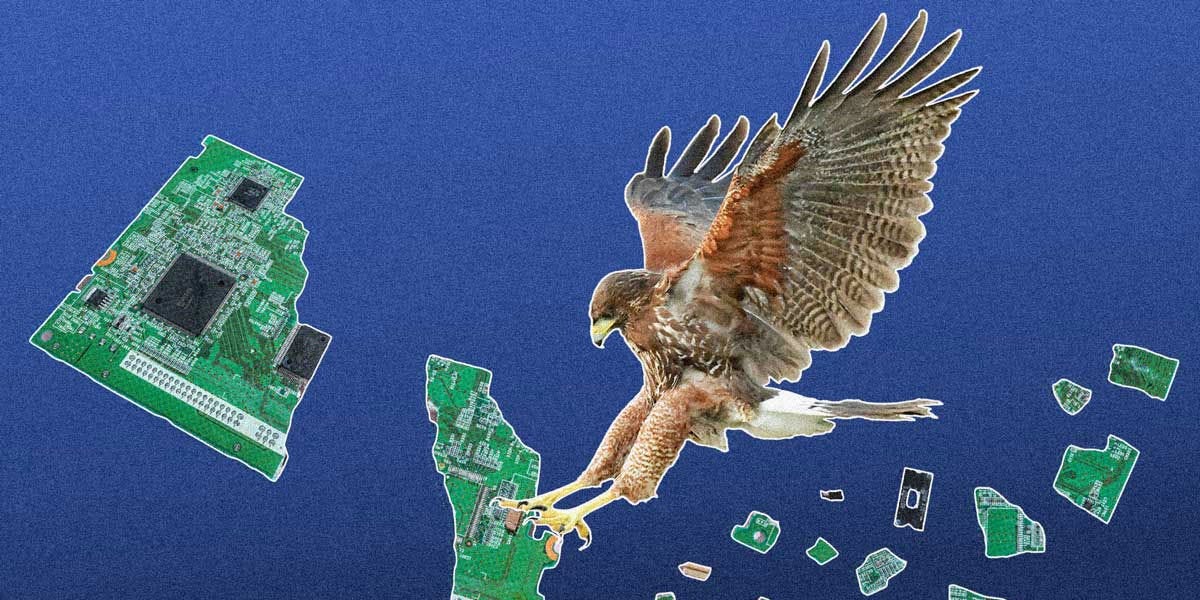
Why the U.S. China Hawks Are Hurting the U.S.
In January 2024, the Tianjin International Center for Nanoparticles and Nanosystems, an 11-year-old joint project of Georgia Tech and Tianjin University in Shenzhen, China, announced possibly the most important technological development of the 21st century so far: the world’s first functional graphene-based semiconductor.
Graphene devices would compute at least 100 times faster than current silicon, use orders of magnitude less power, and generate correspondingly less heat. Elaborate cooling systems that now consume half the energy used in modern data centers would be rendered obsolete. Silicon devices have become about as small as possible. Atomic-scale graphene devices could be orders of magnitude smaller.
With the intellectual property mutually owned by the two universities, Chinese venture capital firms—some of them backed by the state—jumped in, investing several hundred million dollars in long-term programs to commercialize the technology in a matter of months.
U.S. investors, however, abstained. That’s thanks to a new, powerful generation of China hawks in America who, attempting to thwart China’s technological progress, have had just the opposite effect. The hawks have deprived U.S. semiconductor firms of many tens of billions of dollars in revenue, investment, and revolutionary intellectual property—and have driven Chinese firms forward dramatically.













